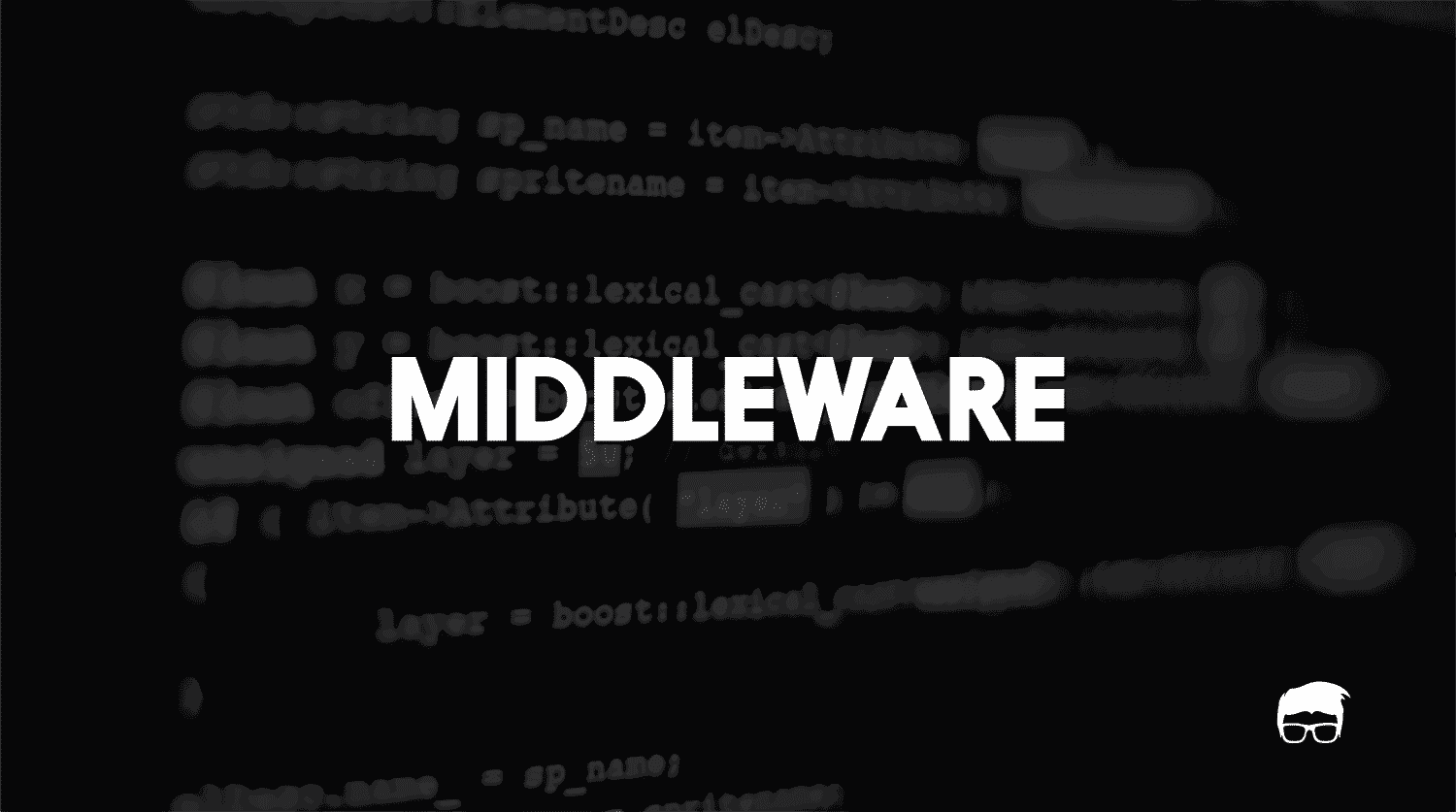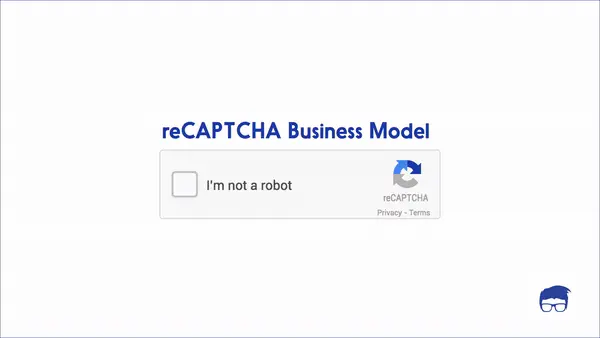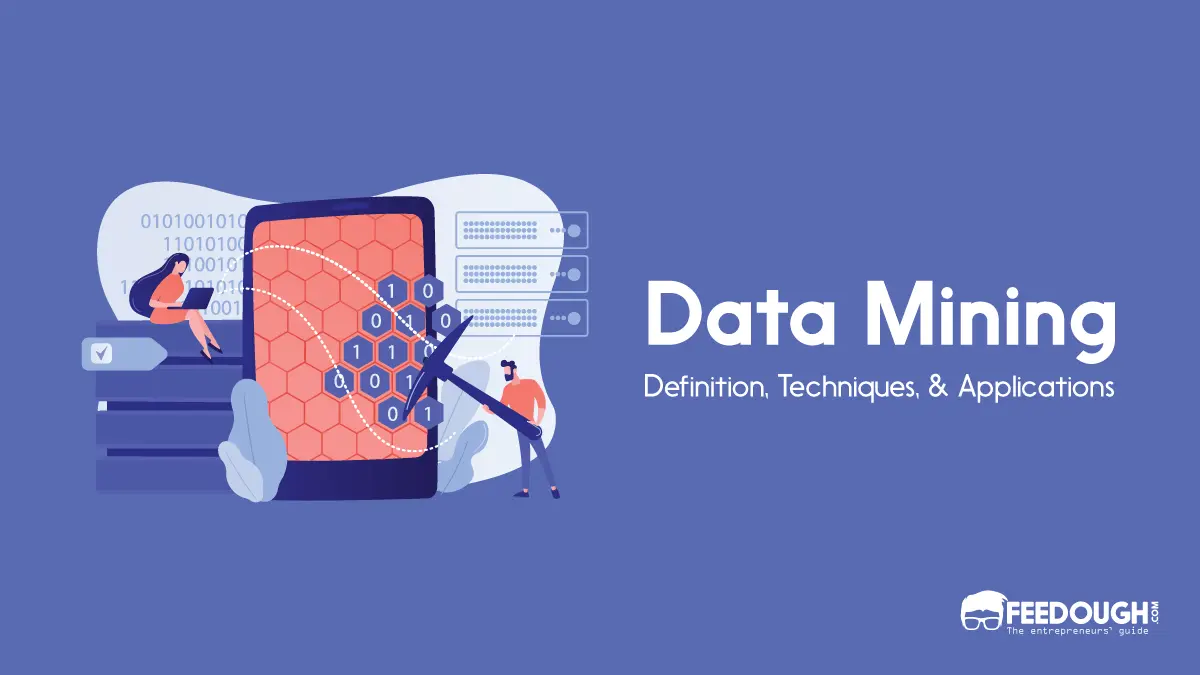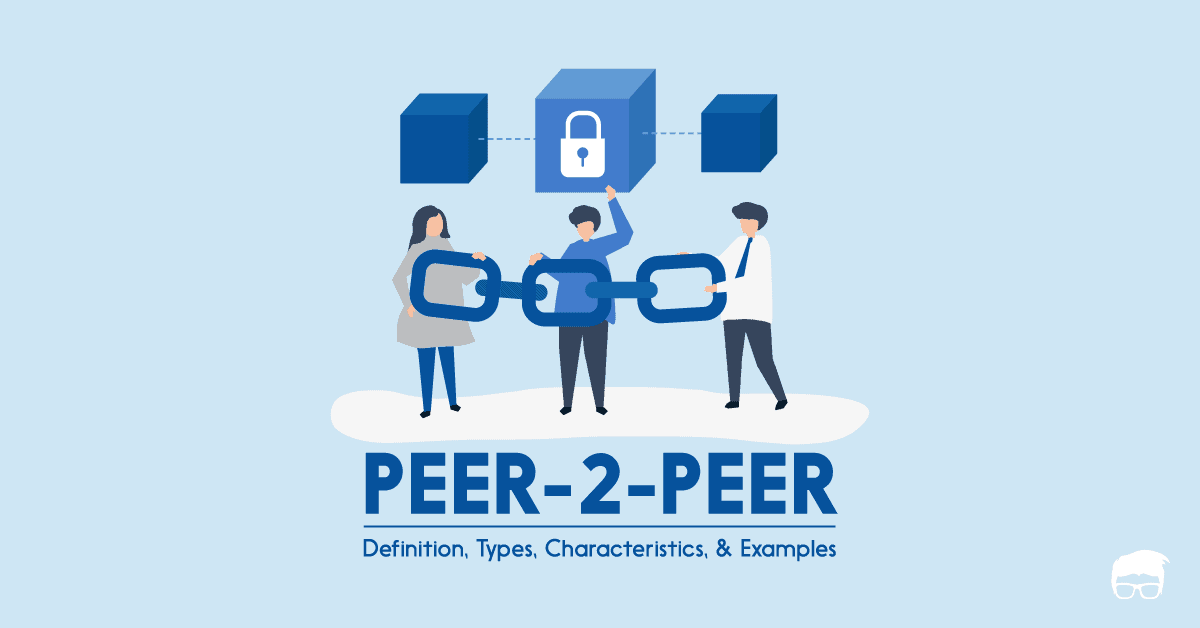It is important that different software programs work together to get the final results when different businesses or startups use these programs to fulfil their needs. This is where middleware has its importance. It attained demand in the 1980s as an answer on how to link the latest applications to older systems.
What is Middleware?
In every device, there is an operating system as well as different applications. Middleware is software which is in the middle of an operating system and the applications working on it. It permits communication and data management for distributed applications by operating as a hidden translation layer. The term is considered vague since it is used to link two separate applications together.
“Middleware is sometimes called plumbing because it connects two sides of an application and passes data between them.”
Middleware delivers messaging services thereby enabling different applications to communicate by utilizing messaging frameworks like Web services, Simple Object Access Protocol (SOAP), JavaScript Object Notation (JSON) and Representational State Transfer (REST). Other than the above, at a primary level, middleware deliver facilities necessary to link applications together such as transaction management, concurrency, threading etc.
Additional advanced execution of middleware concepts is incorporated into modern integration infrastructures such as API management software and enterprise service bus (ESB) to provide accountability, greater governance and risk management.
How Middleware Works?
The increased use of network applications by businesses and tech-startups have increased the importance of middleware. By integrating previously self-sustaining applications with new software updates using middleware, SAAS businesses and startups alike are creating enterprise-wide information systems.
The systems consisting of information are composed of a group of different hardware devices connected to each other by a network. With involvement from other devices, each device performs functions that involve the transfer of real-time data. These interactions span over a wide range of performances.
Middleware is thus used successfully to link various applications. For example, it can help a shipping company by messaging its customers, linking its payment and shipping systems with its customer-focused applications.
Types and Examples of Middleware
Understanding middleware could be difficult at times. It is possible to understand them by looking at particular types that weren’t created for the cloud, but by which many cloud services currently integrate. The types and examples include:
Message Oriented Middleware
Message Oriented Middleware (MOM) is a software/hardware infrastructure that supports the receiving and sending of messages over distributed applications. The spreading of applications over various platforms and the creation of software applications comprising many operating systems and network protocols are made less complicated. It is one of the most widely used types of middleware.
Object Middleware
In distributed computing, an Object middleware also called an object request broker controls the communication between objects. It can let program calls to be made from one computer to another via a computer network as well as send objects and requests via an object-oriented system.
Remote Procedure Call (RPC) Middleware
Remote Procedure Call (RPC) is a protocol, without having particulars of network details, used by a program to call a service from another program located on another computer. It is used to execute synchronous as well as asynchronous data transfers between applications or systems.
Database Middleware
Database middleware allows direct communications access with databases by having direct interaction with them. It is used as a mechanism to extract information from either local or remote databases by developers. Database middleware is the most widespread and commonly known type of middleware, one example being SQL database software.
Transactional Middleware
Transactional Middleware means the tech that reinforces the working of electronic transactions in a branched background. The best example is Transaction Processing Monitors (TPM), which have been in the market for more than 30 years.
Robotic Middleware
Robotics middleware is the middleware used in building extensive robot control software systems. It is described as ‘software glue’ because it makes it easier for builders to focus on the particular problem areas.
Integration Middleware
Integration application operations, execution, monitoring and runtime services for communications are offered by the software systems denoted by Integration Middleware. It also acts as a tool for data/process integration.
Application Framework
An application framework is a virtual library that imparts a basic structure to help the building of applications for a particular environment. It acts as a backbone in building application. The general issues faced while developing applications can be avoided using an application framework.
Device Middleware
Device middleware is a toolset used for creating applications for a specific hardware environment.
Game Engines
Game engines are tools accessed by designers to create a game easily by utilizing tools such as graphics rendering, physics simulations, and game scripting. The tools are used to aid in asset creation and placement.
Portals
Portal refers to enterprise portal servers which are considered as middleware because they make front-end integration smooth. Creating interactions between a user’s device and back-end systems or services is one of the main objectives of portals.
Embedded Middleware
Embedded middleware is used for integration and communication services with an interface of software/firmware. It usually acts as a contact between embedded applications and the real-time operating system.
Content-Centric Middleware
Content-Centric middleware lets developers extract particular content without having to know how it is obtained. It is usually executed through an easy provide/consume abstraction. This middleware is relatable to publish/subscribe middleware, a type of same software that is often utilized as a part of web-based applications.
While core kernel functionality can only be issued by the operating system, some functionality which was previously dispensed by middleware is now integrated into operating systems. An example is the TCP/IP stack used for telecommunications. It is now included in every operating system. Thus it can be said that the boundary between applications and middleware have also changed.
Go On, Tell Us What You Think!
Did we miss something? Come on! Tell us what you think about our article in the comments section.
A startup enthusiast who believes anything can be built if you do that required research and get the base ready.









